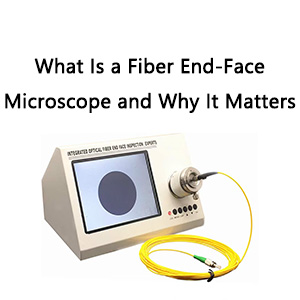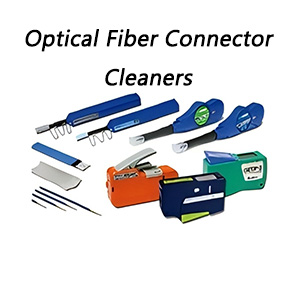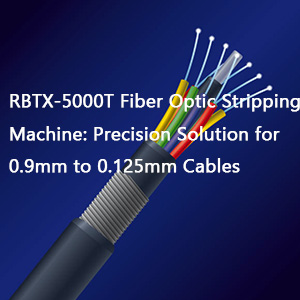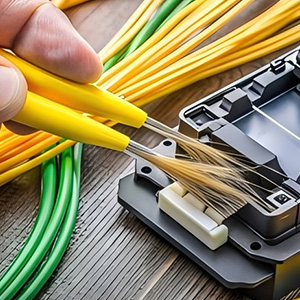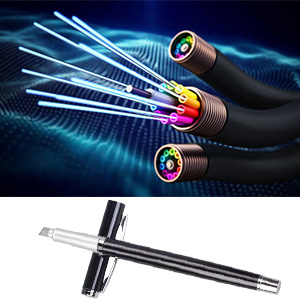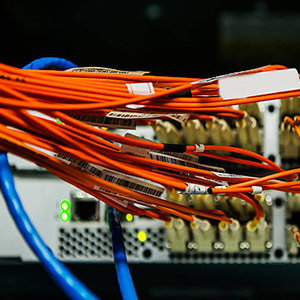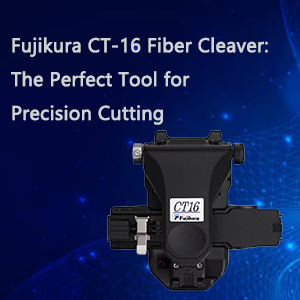The electrode of the fusion splicer is the part that conducts current during the welding process. Its quality and state directly affect the quality and effect of welding. Therefore, it is very important to replace the electrode regularly to keep the fusion splicer running normally. So, how often should the electrode of the fusion splicer be replaced?
First of all, we need to understand the structure and material of the electrode of the fusion splicer. Usually, the electrode of the fusion splicer consists of two parts, namely the electrode head and the electrode handle. The electrode head is the part that actually contacts the workpiece to be welded. Its common materials include copper alloy, tungsten copper alloy, etc.; the electrode handle is the part that connects the electrode head and the fusion splicer. It is mainly made of materials with good conductivity, wear resistance and high temperature resistance, such as copper alloy, pure copper, etc.
The service life of the electrode of the fusion splicer is affected by many factors, including the working current, the type and quality of the welding material, the use of the fusion splicer, and the technical level of the operator. Below I will explain these aspects one by one.
- Working current size: The working current is one of the most important load factors of the electrode of the fusion splicer. If the electrode head load current is too large, it will aggravate the wear of the conductive part and the generation of heat, thereby reducing the service life of the electrode. Therefore, during use, the appropriate electrode core should be selected according to the actual work needs to meet the requirements of the working current.
- Type and quality of welding materials: Different types and qualities of welding materials have different degrees of wear on the electrode. Some materials may produce a large amount of spatter and gas, resulting in increased wear of the electrode head and the number of replacements required. Therefore, when using different welding materials, it is necessary to judge and adjust the replacement cycle of the electrode according to the actual situation.
- How to use the fusion splicer: The way the fusion splicer is used will also affect the service life of the electrode. Improper use will cause the electrode head to deform, resulting in a decrease in the contact area between the electrode head and the welding material, thereby increasing the concentration of heat and pressure, and causing the electrode head to wear faster. Therefore, the correct use and operation of the fusion splicer is very important to extend the service life of the electrode.
- The technical level of the operator: The technical level of the operator will also affect the service life of the electrode. Skilled operators can reduce problems in the welding process and extend the service life of the electrode by reasonably adjusting the parameters of the fusion splicer; while unskilled operators may cause the electrode to be damaged due to incorrect use and operation methods.
In summary, how often should the electrode of the fusion splicer be replaced is a relatively complex issue, and multiple factors need to be considered. Generally speaking, under normal circumstances, the replacement cycle of the electrode is about 10,000-20,000 cores, but the specific replacement cycle needs to be judged and adjusted according to actual conditions. Therefore, when using the fusion splicer electrode, the operator should make a comprehensive consideration based on the above factors and replace it in time according to actual needs to ensure the quality and effect of welding.
Finally, it should also be noted that when replacing the electrode, it is necessary to select an electrode that meets the specifications and quality requirements for replacement to ensure the normal operation and working effect of the fusion splicer. At the same time, the electrode should be regularly maintained and maintained, such as cleaning and grinding, to extend its service life.



